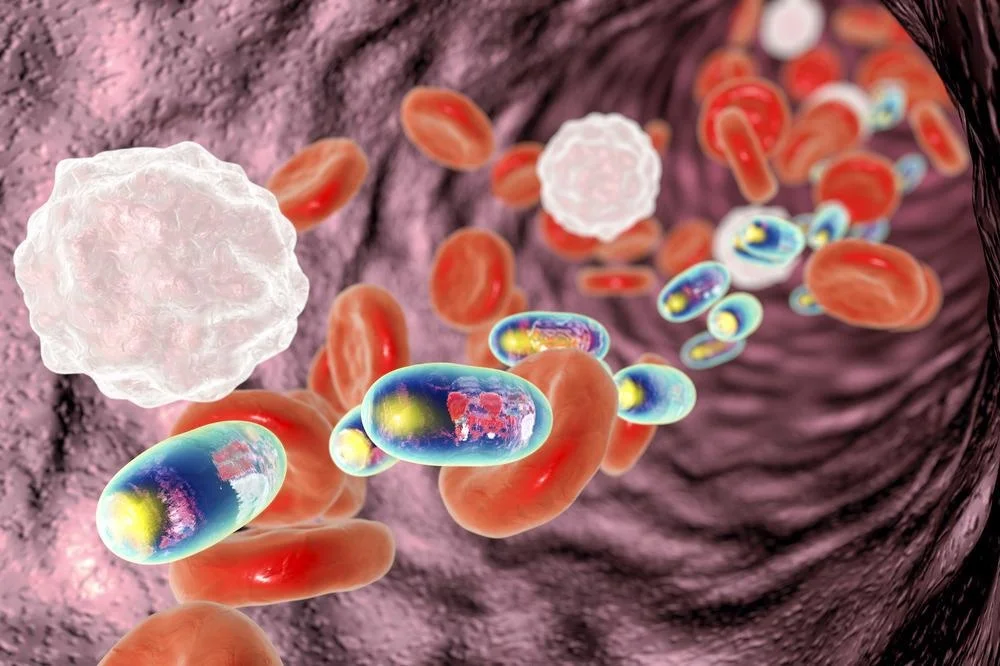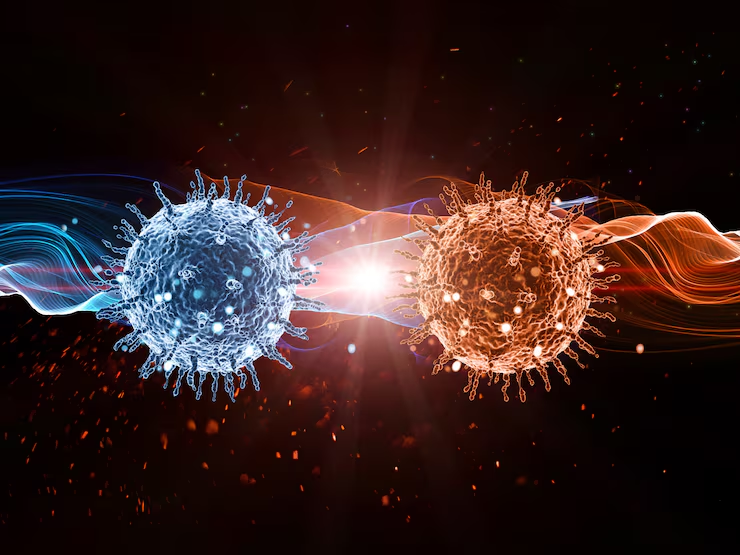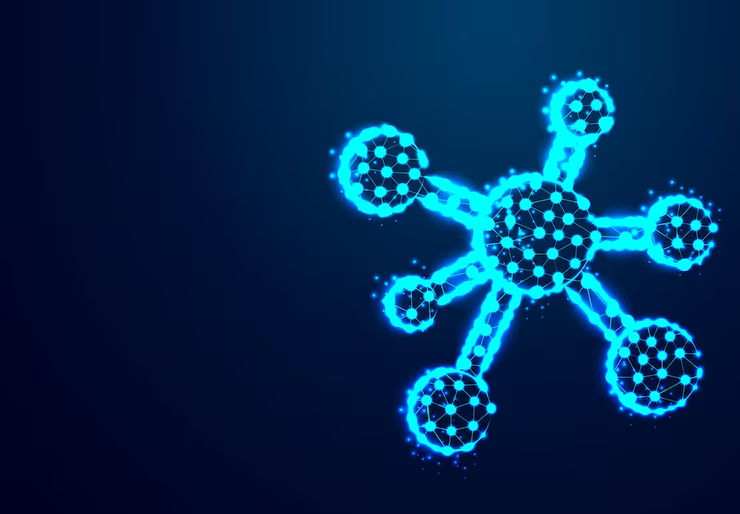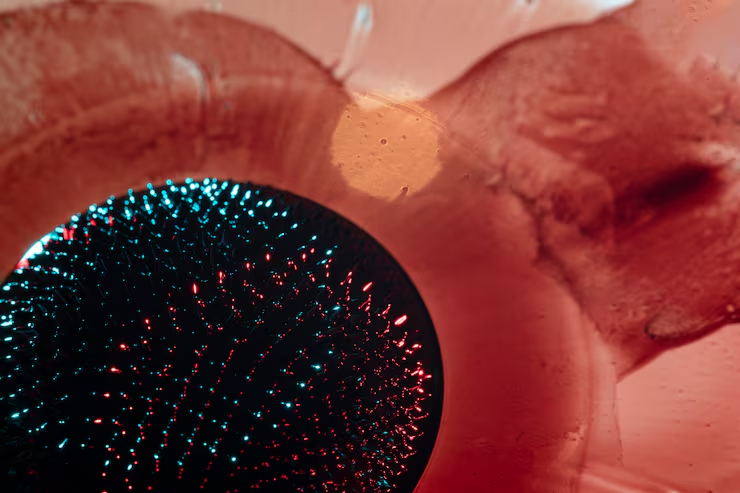Introduction:
Nano-ferrite and nano-orthoferrite materials have shown great potential for biomedical applications due to their unique magnetic properties. In recent years, significant advancements have been made in the synthesis techniques of these magnetic nanoparticles, enabling better control over their size, shape, and surface properties. In this blog, we will explore the recent advancements in the synthesis of nano-ferrite and nano-orthoferrite materials and their implications for biomedical applications.
Controlled Synthesis Techniques:
Recent advancements in synthesis techniques have allowed for better control over the size, shape, and composition of nano-ferrite and nano-orthoferrite materials. Methods such as sol-gel, hydrothermal, and co-precipitation have been optimized to produce nanoparticles with uniform size distributions and desired properties. This control is crucial for biomedical applications as it ensures consistent performance and targeted delivery of these nanoparticles.
Drawbacks of Controlled Synthesis Techniques:
- Complex Synthesis Procedures: Some controlled synthesis techniques for nano-ferrite and nano-orthoferrite may involve complex procedures, requiring specialized equipment and expertise. This complexity can limit the scalability and practicality of the synthesis methods.
- Cost and Time Intensiveness: Certain controlled synthesis techniques may be time-consuming and costly, involving multiple steps and precise control over reaction conditions. This can hinder their widespread adoption and commercial viability.
- Potential Toxicity and Biocompatibility Concerns: The synthesis of nano-ferrite and nano-orthoferrite materials often involves the use of chemical precursors and stabilizing agents. Ensuring the biocompatibility and minimizing any potential toxicity of these nanoparticles is crucial for their safe use in biomedical applications.
Solutions and Future Directions:
- Streamlined Synthesis Methods: Researchers are continuously working on developing streamlined synthesis methods that are simple, cost-effective, and scalable. These methods aim to reduce complexity, time, and resource requirements while maintaining precise control over nanoparticle properties.
- Green Synthesis Approaches: The development of eco-friendly and sustainable synthesis methods for nano-ferrite and nano-orthoferrite is gaining attention. Green synthesis approaches utilize natural precursors, bio-inspired methods, or environmentally friendly solvents, reducing the use of toxic chemicals and minimizing environmental impact.
- Surface Modification Techniques: Surface modification techniques, such as ligand exchange, polymer coating, or bioconjugation, can enhance the biocompatibility and stability of nano-ferrite and nano-orthoferrite particles. These techniques enable the attachment of targeting ligands, antibodies, or drugs, improving their therapeutic efficacy and minimizing off-target effects.
- Comprehensive Biocompatibility Assessments: Thorough biocompatibility evaluations, including in vitro and in vivo studies, are essential to understanding the potential toxicity and safety profiles of nano-ferrite and nano-orthoferrite materials. These assessments will guide the development of safer and more effective biomedical applications.
Surface Modification and Functionalization:
Surface modification and functionalization of nano-ferrite and nano-orthoferrite materials have been extensively explored to enhance their biocompatibility, stability, and targeting abilities. Various surface modification techniques, such as coating with biocompatible polymers or functionalizing with specific ligands, have been developed. These modifications enable the nanoparticles to interact selectively with biological entities, such as cells or tissues, improving their efficacy in biomedical applications.
Drawbacks of Surface Modification and Functionalization:
- Aggregation and Stability Issues: Surface modification and functionalization of nanoparticles can sometimes lead to aggregation or instability, which may affect their performance and efficacy. Aggregated nanoparticles may have reduced surface area, limiting their interaction with target cells or tissues.
- Biocompatibility and Toxicity Concerns: The introduction of surface coatings or functional groups may raise concerns regarding the biocompatibility and potential toxicity of the nanoparticles. It is crucial to ensure that the modifications do not compromise the safety and tolerability of the nanoparticles in biological systems.
- Loss of Magnetic Properties: In some cases, surface modification can interfere with the magnetic properties of the nanoparticles, leading to a reduction in their magnetic response. This can impact their effectiveness in applications requiring magnetic manipulation, such as magnetic targeting or hyperthermia therapy.
Solutions to Overcome Drawbacks:
- Optimization of Surface Coatings: A careful selection of surface coatings and functional groups, along with their optimization, can minimize aggregation and enhance stability. Coatings that provide steric stabilization or electrostatic repulsion can prevent nanoparticle aggregation, ensuring their dispersibility in biological fluids.
- Biocompatible Surface Modifications: Thorough biocompatibility assessments should be conducted to ensure that surface modifications do not introduce cytotoxicity or adverse effects. The use of biocompatible materials and functional groups, along with rigorous toxicity testing, can address these concerns.
- Magnetic Core Preservation: Strategies such as the use of thin and inert surface coatings, or the development of core-shell structures, can help preserve the magnetic properties of the nanoparticles while allowing for surface modification. This ensures the nanoparticles retain their magnetic response while being functionalized for specific biomedical applications.
Magnetic Hyperthermia:
Magnetic hyperthermia, a therapeutic approach that utilizes magnetic nanoparticles to generate localized heat, has gained significant attention in cancer treatment. Recent advancements in the synthesis of nano-ferrite and nano-orthoferrite materials have focused on improving their heat generation capabilities, biocompatibility, and targeting abilities. These advancements have led to more efficient and selective hyperthermia treatments, minimizing damage to healthy tissues while effectively destroying cancer cells.
Drawbacks and Solutions for Magnetic Hyperthermia
Magnetic hyperthermia is a promising therapeutic technique that utilizes magnetic nanoparticles to generate heat and selectively destroy cancer cells through localized hyperthermia. While this approach offers several advantages, it also presents certain drawbacks that need to be addressed. In this blog, we will explore the drawbacks of magnetic hyperthermia and propose potential solutions to overcome them.
- Heterogeneous Heating: One of the main challenges in magnetic hyperthermia is achieving uniform and controlled heating within the tumor region. Non-uniform heating can lead to ineffective treatment and potential damage to healthy tissues surrounding the tumor.
- Limited Penetration Depth: Magnetic hyperthermia relies on the application of an alternating magnetic field (AMF) to induce heat in the nanoparticles. However, the penetration depth of the AMF is limited, which can restrict the treatment to superficial tumors.
Solutions to Overcome Drawbacks:
- Optimization of Nanoparticle Properties: To address heterogeneous heating, careful optimization of nanoparticle properties, such as size, shape, and magnetic anisotropy, is essential. The selection of nanoparticles with appropriate properties can enhance their heat generation capacity and improve the uniformity of heating within the tumor region.
- Enhanced Heating Strategies: Several strategies can be employed to enhance the heating efficiency and penetration depth of magnetic hyperthermia. One approach is to use multi-core nanoparticles or core-shell structures, which provide higher heat generation capacity and allow for better control of heat distribution. Another strategy involves the use of magnetic field focusing techniques, such as the application of external magnetic field gradients or the combination of magnetic hyperthermia with other modalities like ultrasound or photothermal therapy.
- Surface Coating and Stabilization: To prevent nanoparticle agglomeration, surface coating and stabilization techniques can be employed. Coating the nanoparticles with biocompatible materials, such as polymers or surfactants, can prevent agglomeration and ensure their stability during storage and administration. Surface modifications can also enhance the targeting and specificity of the nanoparticles to cancer cells, improving their therapeutic efficacy.
- Targeted Drug Delivery:
Nano-ferrite and nano-orthoferrite materials have been explored for targeted drug delivery systems. The ability to functionalize the surface of these nanoparticles with specific ligands allows for targeted delivery of drugs to specific cells or tissues. Recent advancements in their synthesis have enabled the development of multifunctional nanoparticles that can carry therapeutic agents, selectively target cancer cells, and release drugs in response to external stimuli, such as pH or temperature changes.
Drawbacks and solutions of targeted drug delivery
Drawbacks of targeted drug delivery include limited targeting efficiency, potential off-target effects, and drug resistance. Solutions involve improving targeting strategies, enhancing drug encapsulation and release mechanisms, and combining targeted delivery with complementary therapies to overcome these challenges and improve therapeutic outcomes
Imaging and Diagnostics:
Nano-ferrite and nano-orthoferrite nanoparticles have also shown promise in imaging and diagnostics. Their unique magnetic properties make them suitable as contrast agents in magnetic resonance imaging (MRI). Recent advancements have focused on improving their imaging capabilities, such as enhancing their relaxivity and reducing toxicity, to enable better visualization and diagnosis of diseases.
Drawbacks and solutions of imaging and diagnostics
Drawbacks of imaging and diagnostics include limited resolution, long acquisition times, and potential side effects of contrast agents. Solutions involve the development of high-resolution imaging techniques, faster acquisition methods, and the use of safer contrast agents to improve accuracy and patient comfort
Conclusion:
Recent advancements in the synthesis of nano-ferrite and nano-orthoferrite materials have opened up exciting possibilities for their use in biomedical applications. Controlled synthesis techniques, surface modification, and functionalization have improved their biocompatibility, stability, and targeting abilities. These advancements have led to advancements in magnetic hyperthermia, targeted drug delivery, and imaging/diagnostics, offering potential breakthroughs in cancer treatment, drug delivery systems, and disease diagnosis. Continued research and development in the synthesis of nano-ferrite and nano-orthoferrite materials will further enhance their properties and expand their applications, paving the way for more effective and personalized biomedical treatments.





